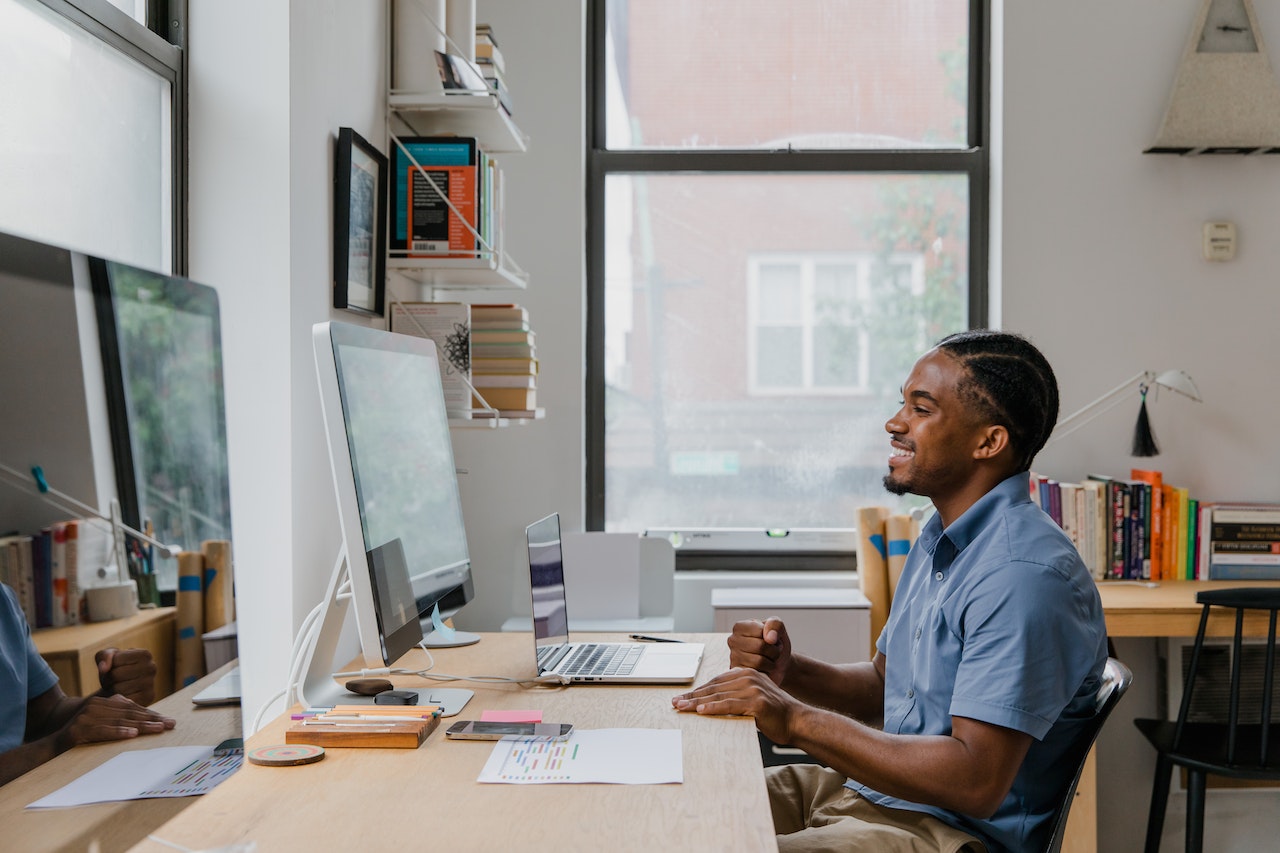Gone are the days of isolating cubicles and rigid office furniture layouts. In the ever-evolving landscape of the modern workplace, the focus has shifted towards fostering collaboration and teamwork.

This shift is not only transforming the way we work but also reshaping office furniture layouts to create dynamic environments that fuel creativity and increase workplace productivity.
In this article, we explore the transition from cubicles to collaboration and provide insights into rethinking office furniture layouts to optimize team performance.
Open Workspaces
The rise of open workspaces has become a hallmark of the shift towards collaborative office environments. Breaking down physical barriers allows for increased communication and the easy exchange of ideas among team members.
Open workspaces often feature shared tables, comfortable seating areas, and communal workstations, promoting a sense of unity and connectivity.
Flexible Seating Arrangements
Flexibility is a key element in contemporary office furniture layouts. Moveable desks, modular furniture, and adaptable seating arrangements provide teams with the freedom to customize their workspace based on the nature of their projects.
This flexibility encourages a fluid work environment that can easily transition between individual tasks and collaborative endeavors.
Collaborative Zones
Designating specific areas within the office as collaborative zones creates dedicated spaces for team interactions. These zones may include meeting rooms with writable surfaces, huddle spaces equipped with technology for impromptu discussions, and comfortable lounges that foster a relaxed yet productive atmosphere.
Collaborative zones empower teams to work together seamlessly without disrupting the entire office. Take collaboration to the next level by introducing digital business cards to enhance how they network with clients.
Technology Integration
Incorporating technology into office furniture layouts is paramount for facilitating effective collaboration. From interactive whiteboards and video conferencing solutions to power outlets embedded in communal tables, integrating technology into the workspace ensures that teams can easily connect and collaborate, whether they are in the same room or working remotely.
Breakout Spaces
Beyond traditional meeting rooms, breakout spaces offer an informal setting for team discussions and brainstorming sessions. These spaces often feature comfortable seating, vibrant colors, and flexible furniture arrangements to inspire creativity and a relaxed exchange of ideas. Breakout spaces provide a refreshing change of scenery and stimulate innovation.
Standing Desks and Ergonomic Options
Promoting movement and well-being is an integral part of modern office design. Standing desks and ergonomic furniture options not only support individual health but also contribute to team productivity.
Teams can choose to work in various postures, ensuring that their physical comfort enhances, rather than hinders, collaborative efforts.
Personalized Workstations
While collaboration is key, recognizing the need for individual focus is equally important. Providing team members with personalized workstations, complete with ergonomic chairs and adjustable desks, allows for focused work when required. Balancing collaborative spaces with areas for individual concentration ensures a harmonious and efficient workflow.
Conclusion
The transition from cubicles to collaboration signifies a paradigm shift in how we approach office furniture layouts. The modern workplace is evolving into a dynamic and team-oriented environment that values open communication, flexibility, and innovation.
By embracing open workspaces, flexible seating arrangements, collaborative zones, technology integration, breakout spaces, standing desks, ergonomic options, and personalized workstations, organizations can create office layouts that not only support team productivity but also foster a culture of creativity and shared success.
The future of the workplace is collaborative, and rethinking office furniture layouts is a vital step towards unlocking the full potential of teamwork in the professional realm. Reimagine your workspace and switch from paper card to digital business cards and Popl Teams to supercharge your teams performance.















